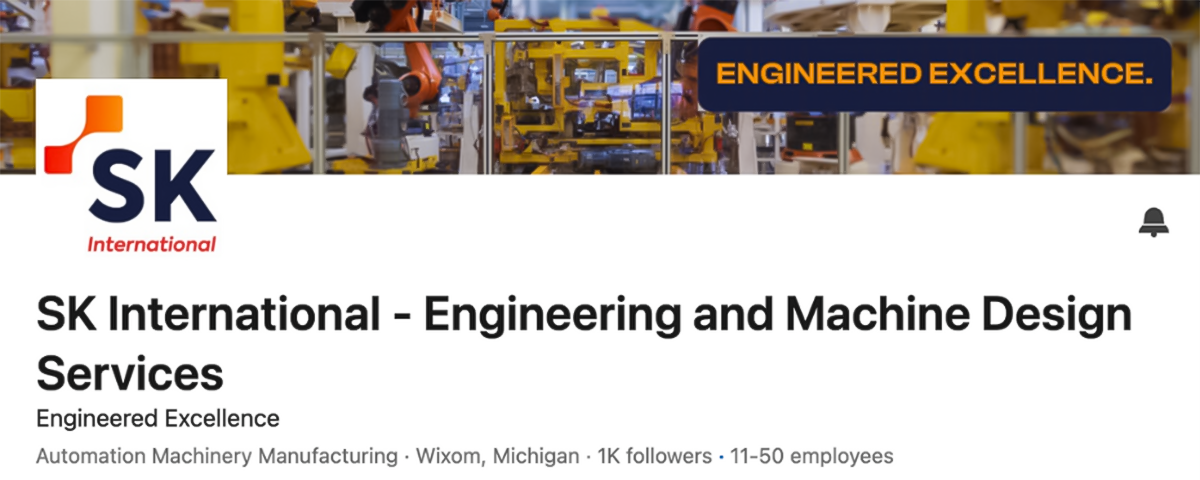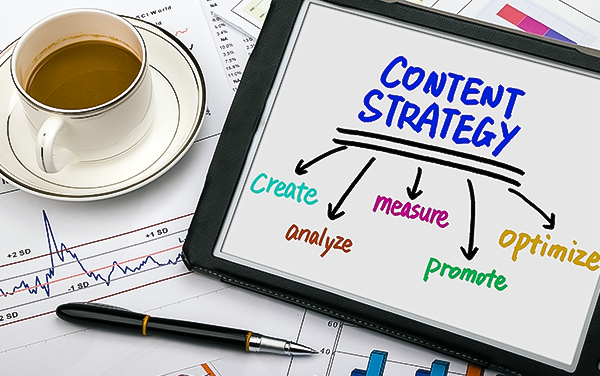In today's B2B landscape, LinkedIn has become a powerhouse for businesses seeking to expand their reach, generate leads, and build lasting relationships. With over 58 million companies registered on LinkedIn, the platform offers many opportunities for networking and business growth. Let’s look at the multitude of benefits and strategies that LinkedIn has to offer.
Why Linkedin for B2B Marketing?
LinkedIn's unique features and professional user base make it an invaluable platform for companies in the B2B landscape. Let’s highlight several advantages:
-
Lead Generation: Tap into a giant pool of potential leads through targeted outreach and engagement strategies.
- Brand Awareness & Reputation: Post regularly, maintain consistency, and keep originality. This will help create brand awareness and will establish your brand as an industry authority.
- Networking: Create meaningful connections with industry professionals, clients, and partners to fuel business growth.
Setting up your Company Page
Creating a compelling company page is a way to showcase your business identity, expertise, and offerings. Make sure that your page reflects the core business values and resonates with your target audience.
Linkedin Marketing Strategies
Here are some effective ways to boost your B2B marketing success on LinkedIn:
-
Post Styles & Content Variations: Experiment with different content formats such as culture posts, industry insights, project highlights, and video-based content to keep your audience engaged.
-
Captions & Keywords: Craft compelling captions enriched with relevant keywords to aid in discoverability, engagement, and overall traffic.
-
Hashtags: Use strategic hashtags to expand your content's reach and connect with broader conversations in your industry. Though LinkedIn recommends using just 3 hashtags, we find more value and better results in using between 5-10 hashtags per post. It's important to create balance between popular and niche hashtags relevant to your industry.
-
Engagement & LinkedIn Groups: Actively engage with your audience, participate in relevant LinkedIn Groups, and foster meaningful discussions to build a solid network.
-
Ads: Use LinkedIn Ads to target specific audiences, promote certain offerings, and drive conversions.
Organic Vs. Inorganic content
When it comes to growing your audience, there are two paths: organically and inorganically (boosted content). Organic growth occurs naturally through relevant content and interaction with your community. Although it takes time to build, this method is essential for establishing solid and lasting relationships with your audience.
On the other hand, inorganic growth involves using a budget to boost posts. This strategy can generate faster results in the short term, but it requires a financial investment. It is crucial to properly target your audience to ensure that your ads/boosted content reaches only people interested in your content.
Analytic insights
LinkedIn's analytics tools provide some great insights into a multitude of metrics:
- Follower Metrics: Track your follower growth and engagement levels over time.
- Visitor Metrics: Understand who visits your page and how they interact with your content.
- Content Metrics: Evaluate the performance of your posts, including likes, shares, comments, and click-through rates.
- Competitor Metrics: Track how your posts and engagement rate compare to your competitors.
Linkedin posting tips
To achieve success with your content, it's essential to have a strong strategy in place and a deep understanding of your audience. Here are some tips to help you expand the reach of your content.
- Best Time to Post: Identify peak engagement times based on your audience's online behavior and preferences.
- Scheduling Posts: Use scheduling tools to maintain a consistent posting schedule and maximize visibility.
- Content Variety: Offer a mix of content types, including articles, infographics, case studies, and industry insights, to cater to different audience preferences.
- Originality: Create unique and authentic content that adds value to your audience and sets you apart from competitors.





